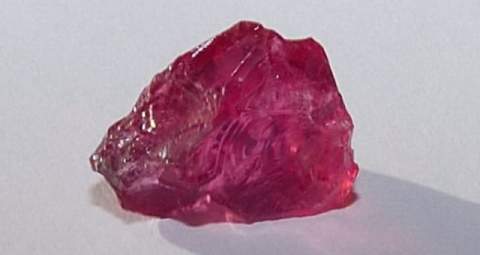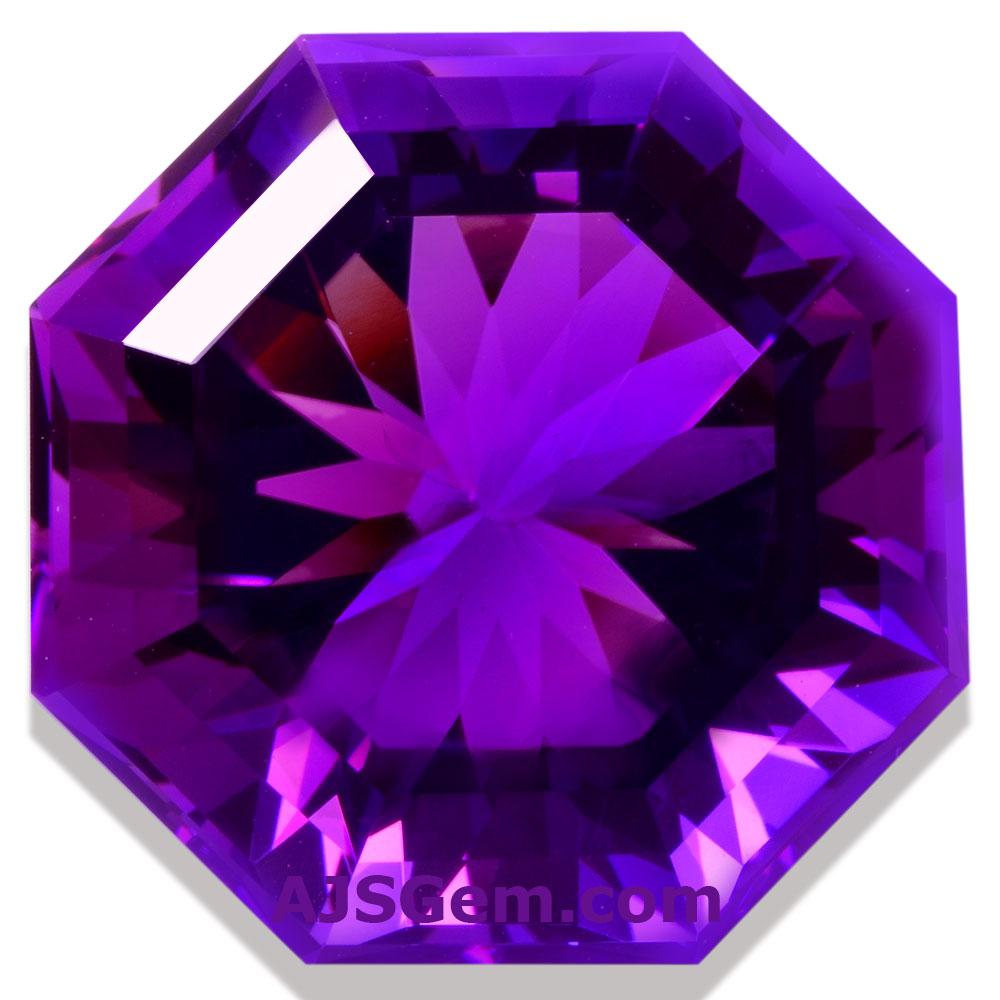 |
| Mahenge Spinel Rough Stone, Tanzania |
The process of cutting and polishing gemstones is known as lapidary. It is a difficult and tedious process, since gemstone materials tend to be exceptionally hard, with most harder than steel. Gemstones can also be quite valuable, with high quality ruby and sapphire selling for thousands of dollars per carat. So working with expensive material that can be easily damaged is stressful as well.
The first stage in cutting a gemstone does not actually involve any cutting at all. Rather it involves evaluating the material and deciding how to proceed. This takes considerable experience and a good eye, since evaluating rough stone is more difficult than evaluating a finished gem. The first thing to determine is whether the material is sufficiently transparent and clean to cut a faceted gem; if the clarity is not good, a cabochon will be cut instead. If the material is facetable, the cutter has to decide which part of the rough stone to facet, and what shape to cut.
 |
| Modern Faceting Machine |
The gem cutter has to be concerned with both economics and aesthetics. Since gem-quality material tends to be rare and valuable, the cutter tries to preserve as much of the rough stone as possible. This is why so many stones are cut as ovals -- gems found in alluvial deposits tend to be oval in shape, formed by the action of water over thousands of years.
Once the shape is decided and included material cut away, the rough stone is preformed to the approximate shape on a silicon carbide wheel. One side of the stone will usually be cut with a flat surface for the large table facet on the crown of the gem.
The stone is then ready for faceting. First the gem is glued to a small stick called a dop, using a wax that melts at high temperature. The gem is then held at a precise angle against a horizontal cutting wheel called a lap to cut the facets, beginning with the pavilion (bottom half) of the stone. Modern faceting machines have mechnical arms that provide very precise control of faceting angles, but simpler devices can also yield very good results in the hands of an expert.
 |
| Amethyst Octagon Cut |
Once all the facets are cut the polishing begins, a process which is more art than science. The goal is to achieve a mirror-like finish, and remove all tiny scratches left from the grinding process. Various polishing agents are used, including diamond or corundum grit, tin oxide, cerium oxide and chromium oxide. Expert polishers know how to vary the lap speed and pressure and the consistency of the polishing agent to get the best results.
The cutting and polishing of colored gemstones tends to be concentrated in a few locations that have a long tradition of mining, especially Thailand, Sri Lanka and India. Though Thailand is no longer an important mining location, it continues to be the leading center for cutting, treating and trading colored gems of all kinds. Rough stone is brought here from all over the world, and most of the new African gems are cut in Thailand.